Understanding Digital Marketing
In the digital age, digital marketing has become a cornerstone for businesses aiming to connect with their audience online. It encompasses methods conducted through electronic devices like computers and leverages various channels such as websites, search engines, blogs, social media, video, and email to engage customers. Unlike traditional marketing, it allows for dynamic, two-way communication, enhancing interaction between businesses and their customers.
Key components of digital marketing include Search Engine Optimization (SEO), which enhances website visibility on search engines like Google, email marketing that delivers personalized messages to prospects, and content marketing, focusing on high-quality content to engage audiences. These strategies collectively drive organic traffic and foster customer loyalty.
“Digital marketing is essential for businesses today due to its wide-reaching capabilities and cost-effectiveness.”
Statistics support its importance, with businesses reportedly increasing their digital marketing budgets by 10% from 2023 to 2024. This approach offers a global reach, allows for specific demographic targeting, and provides measurable results, crucial for optimizing strategies. As online presence becomes increasingly critical, mastering digital marketing is key to achieving business growth and maintaining competitiveness.
Exploring Social Media Marketing
Social media marketing is a strategic approach that involves using social media platforms to promote products and services, engage with customers, and build brand awareness. It leverages platforms like Facebook, Instagram, Twitter (now X), and LinkedIn to reach specific demographics effectively.
Facebook remains a giant with over 3 billion monthly active users, predominantly aged 25-34, making it an excellent platform for broad audience outreach. Instagram, with 2 billion users, attracts a younger demographic, mainly aged 18-24, offering vibrant engagement opportunities. Meanwhile, X has 368 million users, mostly aged 25-34, while LinkedIn boasts 1 billion members, primarily professionals within the 25-34 age bracket.
“Social media marketing is crucial for fostering authentic interactions and real-time communication, enhancing customer engagement and loyalty.”
By facilitating real-time interactions, social media enables businesses to engage directly with customers, enhance their experiences, and nurture loyalty. This platform is pivotal for building brand awareness through engaging content and interactive campaigns, ultimately driving customer satisfaction and trust. Engaging with users on social media not only boosts brand visibility but also provides valuable feedback, fostering a stronger connection with the audience.
Benefits of Digital Marketing
Digital marketing offers numerous advantages over traditional advertising methods, making it an essential strategy for businesses aiming to thrive in today’s competitive landscape. One of the key benefits is its cost-effectiveness. For instance, the average cost per thousand impressions (CPM) on the Google display network was $2.80, compared to $17.50 for cable TV ads and $32 for national broadcast ads. This allows businesses to allocate their budgets more efficiently.
Moreover, digital marketing enables a wider audience reach through diverse strategies like content marketing, social media engagement, and paid social campaigns. By targeting specific demographics and locations, businesses can ensure their marketing efforts are directed towards audiences most likely to engage with their products or services.
The flexibility in campaign management is another significant advantage. With real-time measurement and analytics, businesses can quickly adapt their strategies based on performance, something traditional methods lack. This dynamic approach not only enhances efficiency but also maximizes return on investment.
| Advertising Method | Average CPM |
|---|---|
| Google Display Network | $2.80 |
| Cable TV Ads | $17.50 |
| National Broadcast Ads | $32.00 |
Overall, the strategic use of digital marketing can significantly boost brand visibility, engagement, and profitability, positioning businesses for success in the digital age.
Advantages of Social Media Marketing
Social media marketing offers highly targeted advertising capabilities that ensure businesses reach the most relevant audiences. Platforms like Facebook and Instagram allow advertisers to select audiences based on detailed demographics, interests, and behaviors. This precision targeting, supported by extensive user data, significantly increases conversion rates.
Moreover, social media enhances brand awareness and loyalty. With billions of users active daily, brands can engage directly with their customers, fostering deeper connections. “Engaging in meaningful interactions helps brands show they care about customers beyond monetary transactions, thereby enhancing loyalty,” emphasizes the importance of genuine engagement.
Additionally, businesses can leverage social media for real-time customer feedback. Monitoring mentions and sentiments allows companies to capture immediate feedback, which can be used to improve products and services promptly. This instant engagement not only addresses customer concerns but also builds trust.
By effectively utilizing these advantages, businesses can not only increase their visibility but also build a loyal customer base that contributes to sustained success.
Crafting a Digital Marketing Strategy
Creating an effective digital marketing strategy begins with identifying your target audience. Utilize social media analytics and website analytics to gather data on demographics and preferences. Tools like Meta’s Business Manager and Google Analytics can offer valuable insights into age, gender, and interests, allowing for more tailored marketing messages.
“Clear goals are the cornerstone of a successful strategy.” Establish objectives using the SMART criteria—Specific, Measurable, Achievable, Relevant, and Time-bound. This framework ensures your goals guide your strategy and align with overall business objectives, leading to measurable success.
Once your audience and goals are defined, focus on choosing the right channels. Analyze where your audience spends time online and their content preferences. Employ a mix of channels like content marketing, social media, and email marketing to maximize reach and engagement.
By following these strategic steps, businesses can effectively harness digital marketing to achieve their objectives and thrive in the competitive online landscape.



